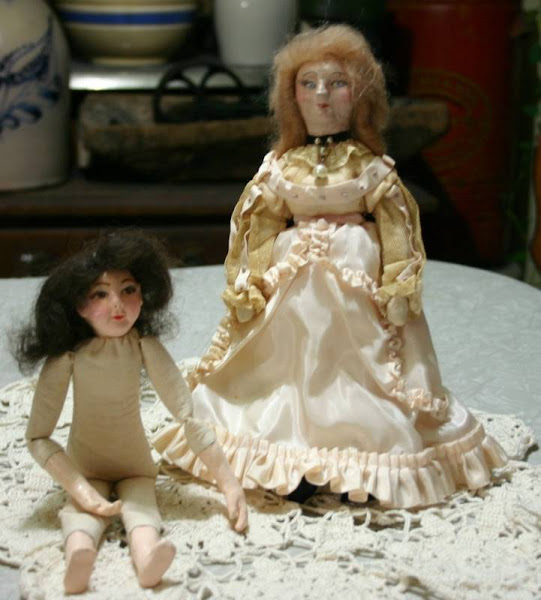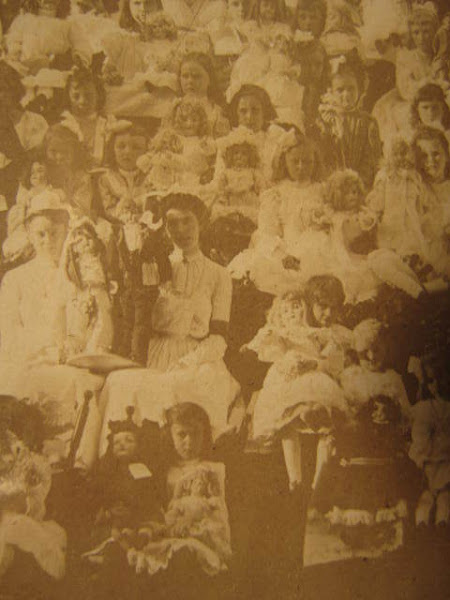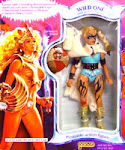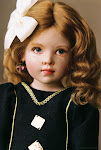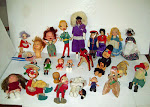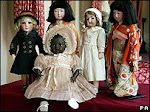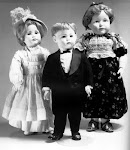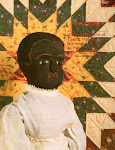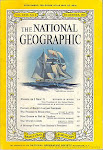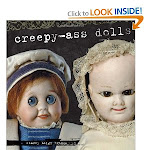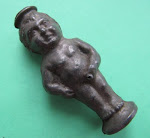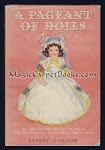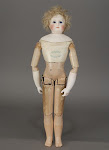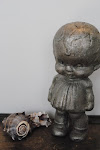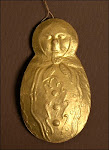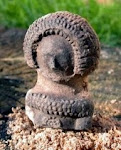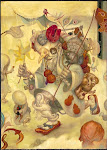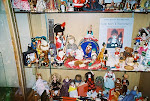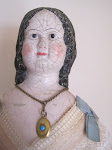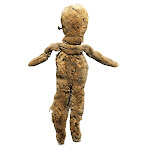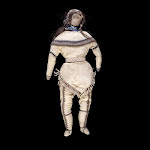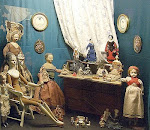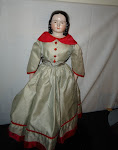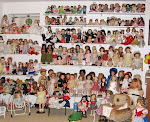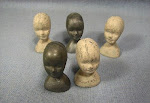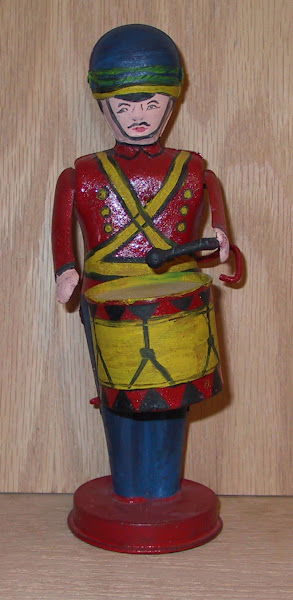| To see the dolls in the June 1st auction, click here. Theriault's Rendezvous, Nights at the Auction, are conducted at Theriault's headquarters office in Annapolis, Maryland. Plan in advance, get registered, and when the auction is set to begin - 7 PM EDT - click the audio/video on button. |
Join Theriault's for a fun and fast and fact-filled one-hour auction of great antique dolls. Just have fun and maybe bring home a doll. The dolls are all available for viewing and bidding online. You can leave pre-bids, you can absentee bid, or you can make a reservation to bid by telephone at the actual time of the auction. Or you can be there online when the fun begins and watch the live audio/video feed. For technical help with bidding live online call Proxibid toll free at Theriault's Premier Line at 855-264-8262.
|
Wednesday, May 25, 2016
Theriault's Vive la France!!
Tuesday, May 24, 2016
Antique Doll Collector Magazine: How Antique Ball Jointed Bodies have Influenced Mo...
Antique Doll Collector Magazine: How Antique Ball Jointed Bodies have Influenced Mo...: Belinda, Doll with Metal and Wooden Body, Including Steel Joints , She may be French. I’ve always thought stringing doll ...
Monday, May 16, 2016
Wild Wedding,Courtesy Tonner.com!
Wilde Wedding and Bride Dolls
From Tonner.com” Since
her debut, collectors have come to love Ellowyne Wilde; she has grown up with
us, laughed, loved, and sorrowed with us.
The latest Tonner even features a “Wilde Wedding.” Wild, indeed!
Below is an invitation to a Wilde Wedding:
Join us to celebrate the nuptials of Evangeline Katrina Aster Gwendoline Ghastly and Mortimer Hubert Aloysius Mort!
Ellowyne and Lizette will be there to join the festivities.
Tuesday July 26 – at the
Doors open at 10am – Lunch at 11:30am – doors closing 3pm
There will be a sales room, raffles, lunch, and more!
Reserve your spot now -$75 per person – Limited to 120 attendees
__________________________________________________________________
Brides and wedding dolls are special to collectors. Some
collectors specialize in brides and wedding dolls from various countries. I have looked for a Norwegian bride doll for
years, but haven’t come up with one yet.
I childhood friend of mine had one, and I’ve wanted one ever since!
Still, I do have brides of all types, from all over the
world. They decorated the tables at my
wedding reception. My fiancé, now husband, drew the line, though, when I wanted
to include Corpse Bride dolls and the head of Dracula’s bride. Spoil sports, I
say! I also have cake toppers, some
humorous, with brides chasing down grooms, and others vintage and sentimental,
like the hugging wedding Kewpies that topped my babysitter’s wedding cake over
70 years ago. She gave them to me, to use for my wedding.
Special wedding dolls in my collection include those dressed
in material from my mother’s and grandmother’s wedding dresses. My mother had a
traditional, late 1950s dress with long veil and full skirt of tulle. Her dress was rented; she kept only remnants
and her shoes and veil. My grandmother
had a French silk, flapper style dress.
She and my grandfather married in Paris
Wedding dolls are special, and international bride dolls are
intricate and unusual. They commemorate
a happy time in a couples’ life, and are as beautiful and varied as the people
and dolls that wear them.
Friday, May 13, 2016
Soiree by Theriault's May 14th! Doll Mastery at its Best!
Below, in their own words, is Theriault's description of their May 14th auction, Soiree. I think the Doll Masters have outdone themselves with this one! These dolls could have stepped out of the pages of my first and favorite doll books, authored by Eleanor St. George, Helen Young, Janet Johl, and others. The variety is astounding; the Edison doll is definitely on my bucket list! The rare ethnic costumes intrigue me, and the automatons are right up my alley of research! The many music boxes and musical pieces remind me of my dear friend Nomi, an avid collector. Read below, and feast your eyes on the wonderful photos in the catalog.
__________________________________________________________________________
Join the celebration at Theriault's Marquis auction "Soirée" this Saturday, May 14th in Las Vegas, Nevada at the Bellagio highlighted by important antique dolls, music boxes, and automata from the Ron and Mary Ellen Connor collection and featuring outstanding Martha Chase dolls from Carolyn Guise of Dayton, Ohio.
 Saturday, May 14, 2016
Saturday, May 14, 2016
Bellagio Hotel in Las Vegas
All events are open to the general public
8:30 AM Demonstrations of Automata and Music Boxes by Noted Authority, Jere Ryder.
9:00 AM General Preview Opens.
11:00 AM The Auction "Soiree" Begins.
We hope you can attend for the most fun and excitement. Other bidding options are also available if you cannot attend: absentee bidding, live telephone bidding, or live bidding on the internet. click here to pre-register for internet bidding. Call 800-638-0422 with any questions, email info@theriaults.com or click here for more information about the auction.
To see all of the beautiful dolls in the auction, click here.
To see the auction catalog on ISSUU, click here.

__________________________________________________________________________
Join the celebration at Theriault's Marquis auction "Soirée" this Saturday, May 14th in Las Vegas, Nevada at the Bellagio highlighted by important antique dolls, music boxes, and automata from the Ron and Mary Ellen Connor collection and featuring outstanding Martha Chase dolls from Carolyn Guise of Dayton, Ohio.
 |
| Soiree Catalog, Courtesy Theriault's |
 | |||
| Edison Phonograph with Simon & Halbig Head | , Courtesy Theriault's |
Bellagio Hotel in Las Vegas
All events are open to the general public
8:30 AM Demonstrations of Automata and Music Boxes by Noted Authority, Jere Ryder.
9:00 AM General Preview Opens.
11:00 AM The Auction "Soiree" Begins.
 | |
| Rare Black Chase Character, Courtesy Theriault | 's |
We hope you can attend for the most fun and excitement. Other bidding options are also available if you cannot attend: absentee bidding, live telephone bidding, or live bidding on the internet. click here to pre-register for internet bidding. Call 800-638-0422 with any questions, email info@theriaults.com or click here for more information about the auction.
 |
| German Wooden Doll House Kitchen, Courtesy, Theriault's |
To see all of the beautiful dolls in the auction, click here.
To see the auction catalog on ISSUU, click here.
 |
| Rare French Fashion with Lovely Dress, Courtesy, Theriault's |
 |
| Rare Steiff Character, Courtesy, Theriault's |
 |
| German Bisque Flapper Bride, Courtesy, Theriault's |
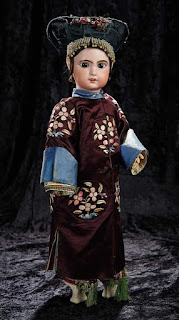 |
| Jumeau in Unusual Chinese Silk Costume |
 |
| French Poupee in Turkish Presentation Costume |
| To receive notice of Theriault's auctions, go to theriaults.com and register to receive email notices. If you are planning on coming to the May 14-15 auctions in Las Vegas, Nevada or would like more information call Theriault's toll-free at 800-638-0422, internationally at 410-224-3655 or email info@theriaults.com. |
Grapes of Wrath, A Child’s Doll, Toys, and Precious Objects; Profiting from Debt in the Depression
Grapes of Wrath, A Child’s Doll, Toys, and Precious
Objects; Profiting from Debt in the Depression
The 30s were a great time to collect dolls. A doll collection from 1937 was featured on
one of that year’s “Hobbies” Magazine.
Shirley Temple dolls and other items were all the rage. Many lovely composition dolls were on the
market, as well as late porcelain dolls and pincushion dolls. Dolls as souvenirs were popular, as were plush
animals. The Dionne Quints were born, and dolls made in their image were popular
as well.
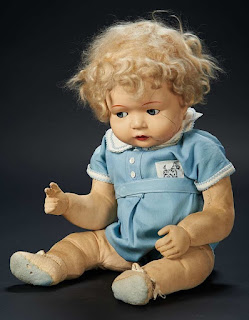 | |||
| Shirley Temple's doll "Jimmy" from Love, Shirley Temple Auction | , courtesy Theriault's |
Unfortunately, many suffered from The Great Depression
during this time. My own grandmother
remembered men coming to her door asking for food and work. She had them wait
on the porch while she made them fried egg sandwiches and found them odd jobs
to do.
Many cheap bisque dolls were important from Japan,
including one piece “penny dolls” that often were sold in boxes of five or so.
Steinbeck contrasted the ideal of the American Dream with
the harsh reality that some lived in his novel, using dolls, toys, and personal
objects to make his point.
John Steinbeck wrote “Grapes of Wrath” after witnessing first hand " the
terrible living conditions in the migrant labor camps of Northern
California." The
novel was published in 1939, the same year as “Gone with the Wind.” It won as much praise as it did criticism,
and one point being condemned, according to Mishah Berson as "an exaggerated
communist tract.” Much of the praise GOW received centered on its being "a
great work of muckraking.” It won the
1940 Pulitzer price for fiction. The
plot tells the story of the Joads, a family suffering in the dust bowl of Oklahoma in the
30s. After hardship that would rival the
Dinner Party's, the Joads arrive in California,
the golden Promised Land, ["California,
Here I come,"] only to be bitterly abused and disappointed. Families like the Joads "upped sticks
for a mammoth cross-country pilgrimage ins each of work, still believing in
this American dream, only to find themselves squaring up to a greedy and
exploitative system. Neil Cooper, writing for the “Glasgow Herald” writes in "A
Hard Life when the American Dream Turns Sour; Steinbeck’s Gritty Tale of
Survival in the 1930s Depression has Parallels with Today," that Steinbeck’s
novel is a "tale of financial collapse, property slump, migrant labor, and
political awakening." In fact,
Jonathan Church staged a theater version in 2009 saying . . "this year,
with everything that had occurred in the world with her recession if ever there
was at time to do it, it was now or never." It starred as Tom Joad, Christopher Timothy
of “All Creatures Great and Small Fame.” The novel inspired a John Ford Academy
Award winning film, 1940, and a folk song written by Woody Guthrie, "the
Ballad of Tom Joad," supposedly written after Guthrie saw the film. Berson writes: "Though clearly a product of the
political and economic tumult of the Great Depression, GOW remains powerful not
only as an indictment of how the forces of greed prey on the weak, but also as
an indelible portrait of an American family.”
The title is
derived from Julia Ward Howe's "The Battle Hymn of the Republic,"
suggested by his wife at the time. [Remember her relative made the Beecher Baby
Dolls]. Steinbeck liked the title,
because he liked the music. He liked it
"because it is a march and this book is a kind of march-because it is our
own revolutionary tradition and because in reference to this book it has a
large meaning." An interesting
piece of trivia is that the official publication date for “Grapes of Wrath” was April. 14, 1939, the 4th anniversary of
Black Sunday, the worst and most devastating of the Dust Bowl Storms. The book has "entered both the American
consciousness and its conscience. Few novels can make that claim. Furthermore,
"If a literary classic can be defined as a book that speaks directly to
readers' concerns in successive historical and cultural eras, no matter what
their critical approaches, methods or preoccupations are, then surely, “The
Grapes of Wrath” is such a work. Each generation of readers has found something
new and relevant about it that speaks to its times"
The novel is
replete with descriptions of why objects, including dolls, are important to people, and why the human
identity is often marked and caught up in human possessions. Really, no two people will possess the same
items; a good visit to a couple of estate sales will confirm this. [See, also, The Witching Hour, while Michael
Curry can tell what a person is like and feel that person's pain and emotions
by holding his or her object].
The following excerpt from “Grapes of Wrath” might be
from an American Pickers Trailer; what we own is what defines us, or why the
many reality shows obsessed with what people own:
"In the
little houses the tenant people sifted their belongings and the belongings of
their fathers and of their grandfathers.
Picked over their possessions for the journey to the west. The men were ruthless because the past had
been spoiled, but the women knew how the past would cry to them in the coming
days.” The men, Steinbeck writes, then go out to the barns and shed, their
worlds. The narrator describes a
spirited haggling for farm equipment, as well as an inventory, similar tot hat
in early bankruptcy codes of what a person can still have. IN fact, early bankruptcy and current
bankruptcy codes still have an inventory not unlike Steinbeck's that tell the
debtor what he may keep, what will define him in the future: "harness,
carts, seeders, little bundles o hoes. Bring 'm out..."Sell ';em for what
you can get... No more use for anything.”
"Fifty
cents isn't enough to get for a good plow.
That seeder cost thirty-eight dollars.
Two dollars isn't enough . .. Well, take it, and bitterness with it Take halters, collars,
names, and guts.”
"Junk
piled up in a yard."
And this last
might be a dialog from American Pickers; "Can't sell a hand plow any more.
Fifty cents for the weight of the metal. Disks and tractors, that's the stuff
now."
"Well,
take it-all junk-and give em five dollars. You're not buying only junk, you're
buying junked lives. And More-You'll see-you are buying bitterness. Buying a plow to plow your own children
under/"
The narrator
goes on to tell the stories of the fine bays matched, with braided manes and
little red bows, done by the daughter of the former owner. The stories of the objects come up, and they
are anything but useless junk; "There's a premium goes with this pile of
junk and they bay horse-so beautiful-a packet of bitterness to grow in your house
and to flower, some day. We could have
saved you, but you cut us down, and soon you will be cut down and there'll been
one of us to save you?”
“Dolls in The Grapes of Wrath:”
"And the
children came.
If Mary takes
that doll, that dirty rag doll, I got to take my Injun bow. I got to..."
Clearly, the
little girl’s doll is her most important possession. Too poor to own a
composition or late bisque doll, she must be satisfied with a crude rag doll.
Throughout
there is a sort of obsession with clothes and objects, first the narrator's
universal obsession, then it hones in to Tom and the Joads, from Pa asking if
tom paid for his new clothes (84), to Ma going through her stationary box of
old letters and precious jewelry, deciding to take the jewelry and burn the
rest,(108=109) looking at her empty home, where the bureau once stood, and
where their things were. Ultimately,
they only get 18 dollars for all their possessions, even the horse and wagon,
and they burn what they can't sell, and watch the dust hand in the air for a
moment.
Of the
"Pickers" in GOW, Pa explains, "when I was in the hardware store
I talked to some men I know. They say
there's fellas comin in jus' to buy the stuff us fellas got to sell when we get
out. They say these new fellas is cleaning
up. But there ain't nothing' we can do about it. Maybe Tommy should of went. Maybe he could of did better.”
As Jones writes in
"Property and Personhood Revisited," "[o]ne may gauge the . . . significance of someone's
relationship with an object by the kind of pain
that would be occasioned by its loss
Jones notes there is an important sentimental feeling certain cherished
objects engender which is important to someone's personality and self
image. When older people voluntarily
dispose of objects, they do so to pass on memories and cherished objects, hence
the APS comments that they sometimes talk people out of selling family
heirlooms to them. Or the dealers on
Antiques RS who give insurance values to people after telling them not to sell
a cherished object passed down in their families.
Doll Castle News Features The Olympic Doll, that Survived the Holocaust, and Her Cousin Doll who Survived her Child
The Holocaust Doll
The Olympic Doll that
resides at the US Holocaust Memorial Museum
Two Schildkroet Dolls
have Ties to The Holocaust and The Olympic Doll
 |
| Cousin to the Olympic Doll |
 |
| Box from the cousin to the Olympic Doll |
The history of a celluloid doll in the US Holocaust Memorial Museum is told this
month in “Doll Castle News”
May/June 2016, by author Stephanie Strunk Baker. Artist Diana E. Vining has also done a paper
doll tribute featuring the doll and her owner, Inge Auerbacher. Auerbacher gave her doll to the museum in
1992. The Schildkroet Doll Factory, who
made the original doll, recently began creating limited editions of Inge’s
doll, and has since given one to her as a remembrance.
Inge Auerbacher was born in southwest Germany, near the Black
Forest, also known for dolls and woodcarving. In August, 1942, Inge and her family were
departed to Terezin, a NAZI concentration camp in Czechoslovakia. Her doll, named Marlene for
Marlene Dietrich [an actress who also had dolls], was a celluloid doll with
blue eyes and molded blonde hair.
Somehow, Auerbacher held onto her doll throughout her
family’s internment. I have read
accounts that puppet shows took place at Terezin, and that children could
be born there. It was not a death
camp, but many, including a friend of Inge’s who had an identical doll to
Auerbacher’s, were deported to Auschwitz and
other death camps.
After the camp was liberated, and Inge traveled, she still
kept Marlene. She learned later that the
brand name for this doll was “Inge”, a rare coincidence indeed. According to
baker, Auerbacher’s grandmother may have bought the doll because it had the
same name as her granddaughter. The Inge
doll was created as a type of mascot for the 1936 Berlin Olympics, and is often
called The Olympic Doll.
That Olympics and The Olympic doll are
important to my family, too. My dad was
a world class runner in Greece,
and his coach ran in the famous race wear Jesse Owens beat a top NAZI
athlete. My parents and their families
spent the war in occupied Greece. They survived the Fascists, the NAZI’s, and
later, the Communists during The Greek Civil War.
My mother was an American; she and her family went on a
vacation to Greece
in 1938 that lasted eight years. Her
relatives in Illinois
thought all of them were dead. They
nearly starved, and she nearly escaped being shot herself. She witnessed the round-ups of innocent
people being taken away to be shot, and she heard stories of what was happening
in the concentration camps in Poland,
Czechoslovakia
and elsewhere.
My mother kept her favorite doll, a composition
Shirley look alike, with her till she left for the US.
Then, she gave it to her cousin.
We found a doll like her, but if Cousin ReRe reads this post, we’d like
the doll back if you have her.
As a result, my mom had very little of her possessions when
she came home. She had two, very early 7
inch dolls that she dressed in Greek costumes. My mother used to dance and knew many of the
traditional dances of Greece
and Mexico. Those two dolls are all I really have of her
own childhood dolls.
The story of the Schildkroet
doll does not end with Inge, however.
Diane’s Doll:
About three year’s ago, one of my former literature
professors was having Christmas dinner with my family and with the family of
another of my old profs. They used to
have Christmas dinner at night, in their church hall. My literature prof started telling me about
his sister’s doll, kept carefully in his mother’s closet until his own mother
died. The doll, also a Schildkroet,
could be a sister to Marlene, Inge Auerbacher’s doll. Diane, my prof’s sister, passed away when she
was 5. She never got to play with the
doll, which is dressed in a traditional Swedish outfit, and lies preserved in
her original box. I have pictured her in
this post.
My professor asked me if I would like to see the doll, and
if I would be interested in buying her.
Diane’s doll resided with me for a year; next Christmas, he asked me
again. Meanwhile, I had sent him all
kinds of information about celluloid dolls and Schildkroet. We agreed on a fair price. My doll will become part of Dr. Ellen’s Doll Museum when we
have our brick and mortar structure in place, and the money paid for her was
donated to charity in Diane’s name.
For photos of Inge’s doll, please read Stephanie Stunk
Baker’s excellent article in “Doll Castle News.” My own doll is pictured here.
Even in horrific times, dolls comfort children. Several years ago, “Doll Reader” featured a
story about a doll that belonged to Ann Frank. Another of their articles once
featured toys allegedly made by children
in concentration camps similar to Terezin.
Locally, there was a story in our paper about a little girl in Russia who kept
her small doll with her and who made doll clothes out of scraps. She suffered and nearly starved, but kept her
doll as solace throughout. There are Holocaust documentaries that talk of
little children, doomed to die in the gas chambers, who fashioned toys out of
trash and played games, even when they knew they were going to die.
My own theory is that many of the German doll companies,
which were run by Jewish families, were taken over by the NAZIs. Doll maker Edith Samuel managed to flee and
continued to make dolls in Israel. Dina Vierny,
whom I’ve written about before, managed to keep her fantastic dolls, and helped
people to escape the NAZIS. I would like
more evidence on this theory of what happened to some of the German doll makers,
and I would like to write more about them as a memorial to Inge, to my own
family, and to Ann Frank and the millions of other innocent children who died
in the concentration camps and during the horrors of The Second World War.
Two excellent books about dolls and the Holocaust include
“The Doll with the Yellow Star” and “When
Hitler Stole Pink Rabbit.” More
books on the Holocaust comprise the Jeff Leibowitz collection, Western Illinois University.
Categories: Assign to –
Antique Dolls
Dolls 1930s-1950s
Quick information for doll collectors
Books about dolls
Dolls by Type and Material
Links:
The Folk Toy
Assignment: Dolls Teach School:
Teaching with Dolls: http://collectdolls.about.com/od/Calendars-Tutorials-Alphabets-Quick-Studies/fl/Teaching-with-Dolls.htm
Interesting Non
Collectors in Doll Collecting: http://collectdolls.about.com/od/antiquedolls1800s1920s/fl/Interesting-Non-Collectors-in-Doll-Collecting.htm
Lesson Plans for a
Doll Course:
Dolls and Material
Culture Studies:
Definition of a
Doll: Thinking outside the Doll House: http://collectdolls.about.com/od/Calendars-Tutorials-Alphabets-Quick-Studies/fl/Definition-of-a-Doll.htm
Building a General
Collection:
Dina Vierny: Artist
Model Doll Collector
Thoughts on Doll
Value and the Future of Doll Collecting:
Subscribe to:
Posts (Atom)
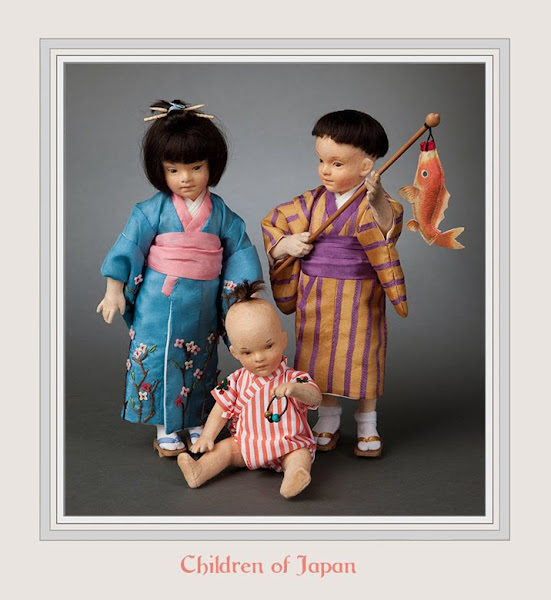

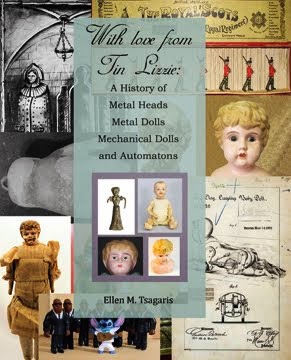
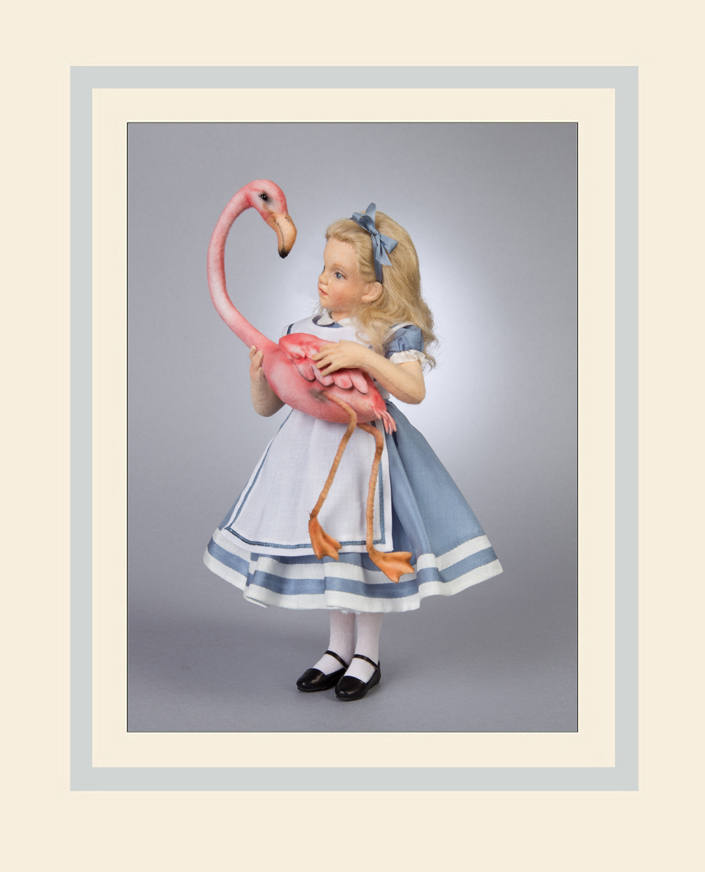


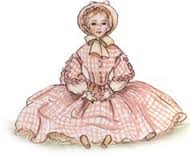


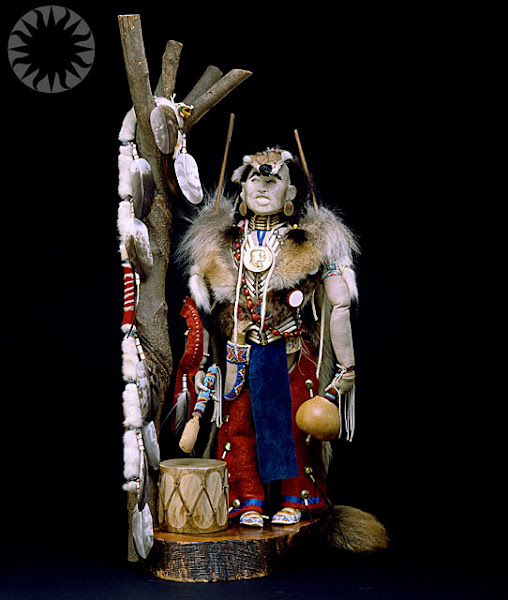
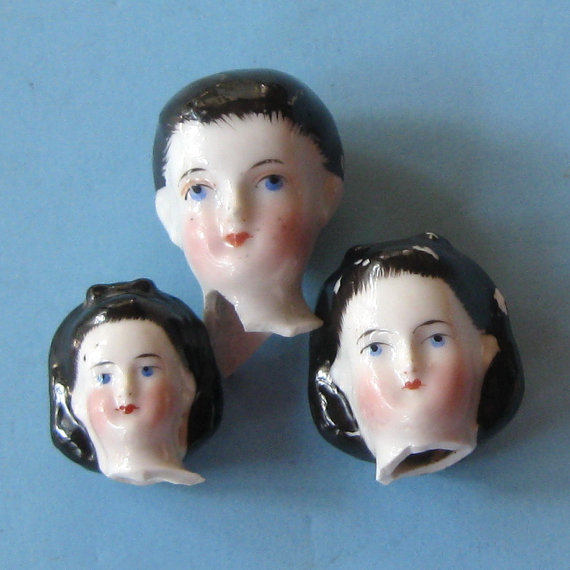
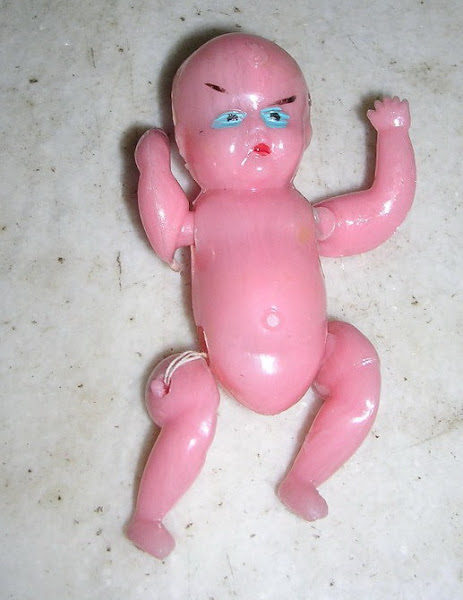
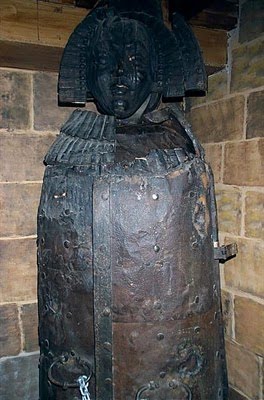

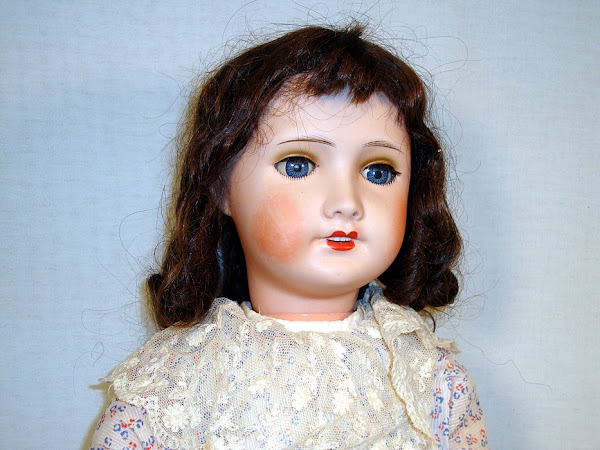



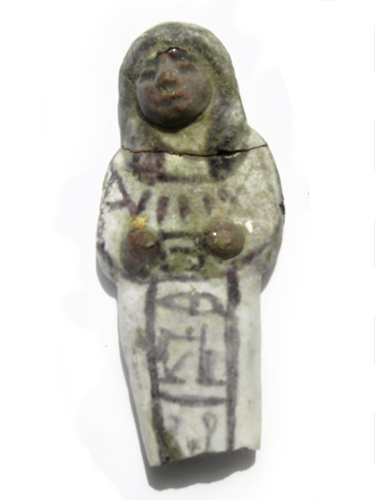
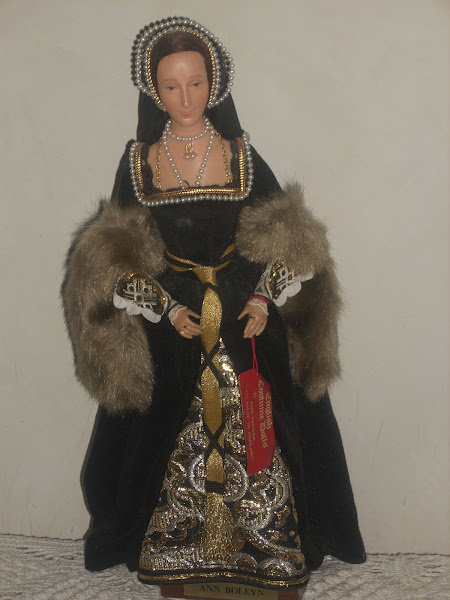





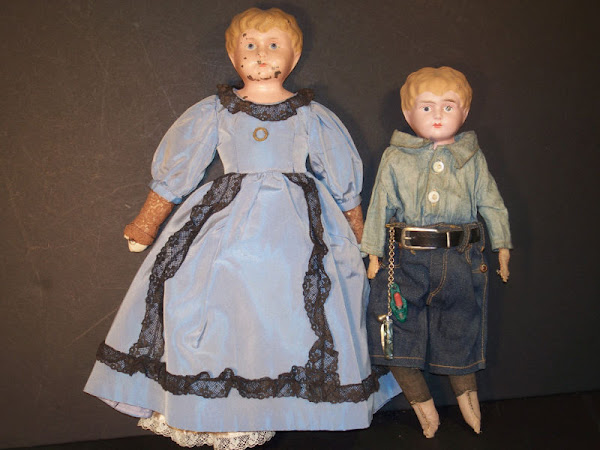


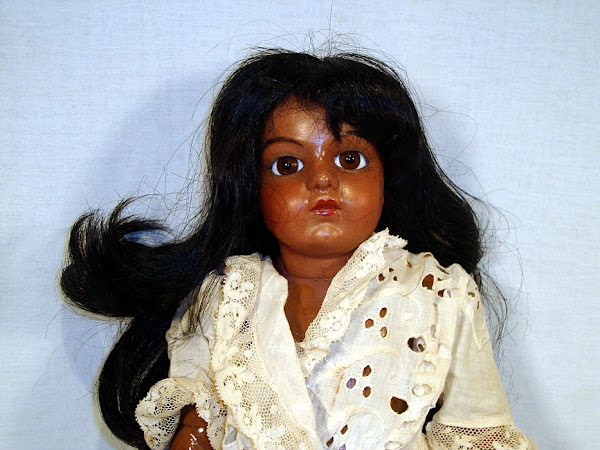
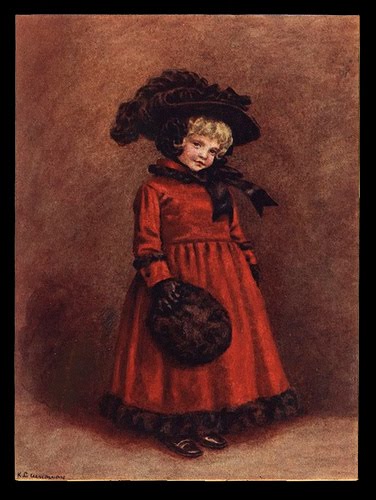

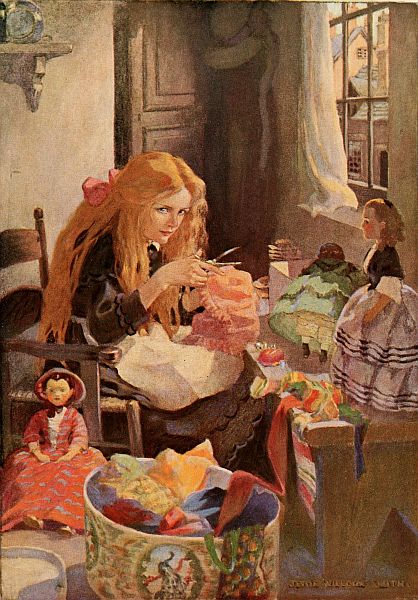


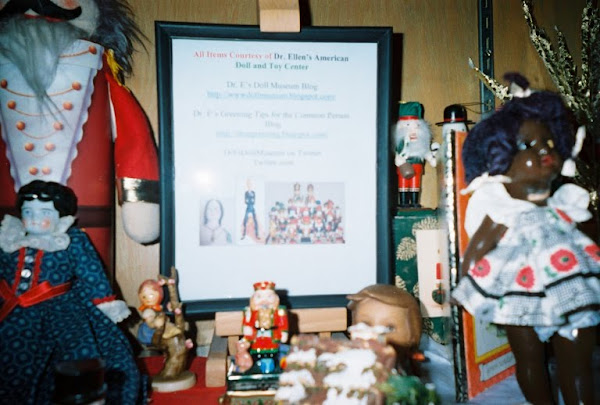






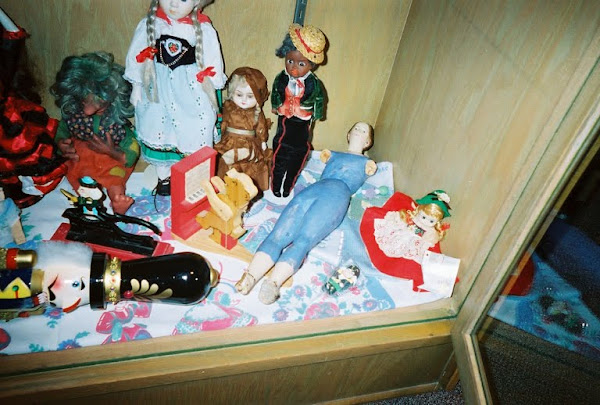
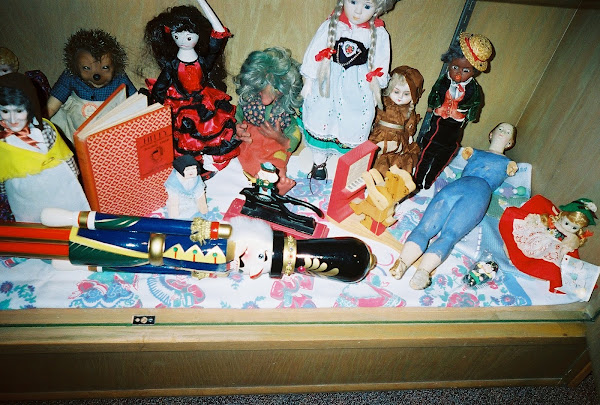
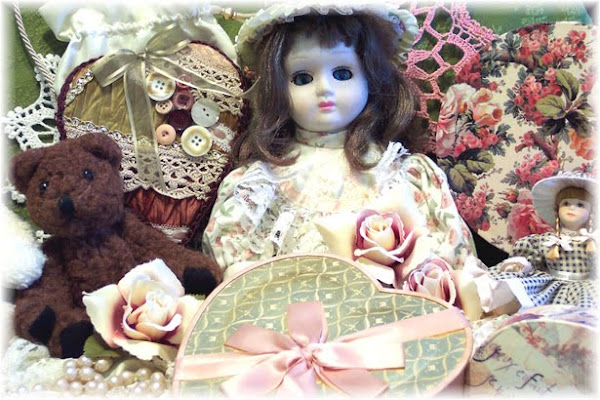
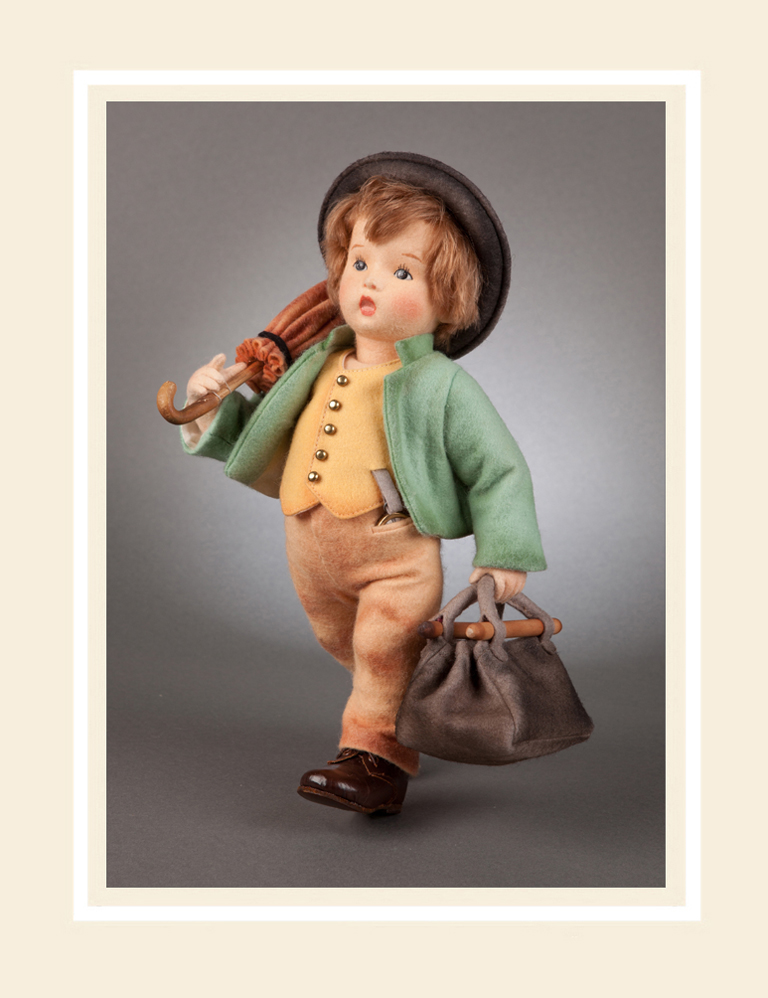

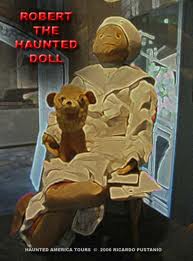

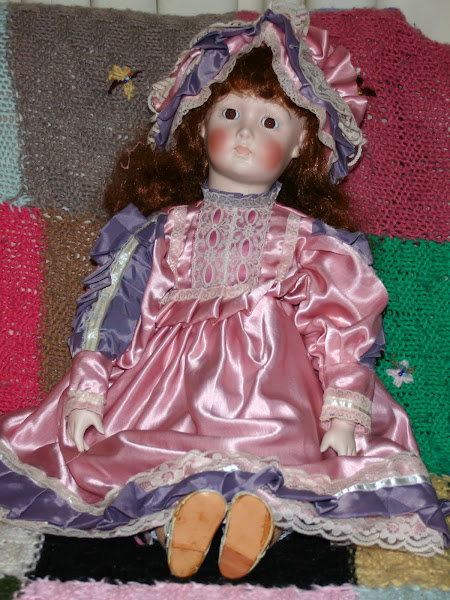
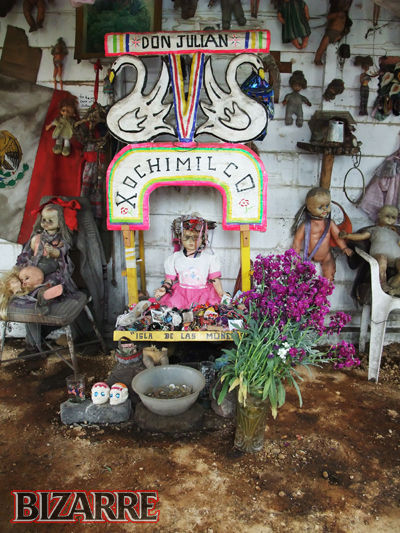
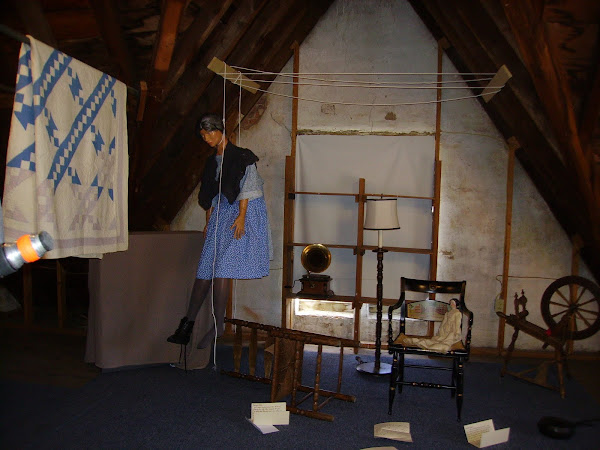
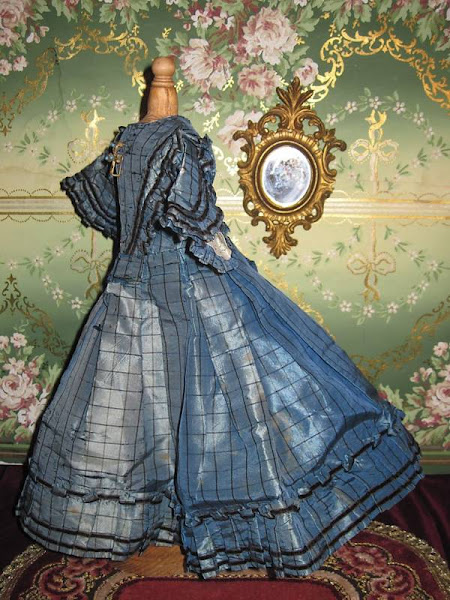wCWk~%24(KGrHqV,!h8Ew5GsnS3dBMUy3MzVPg~~_3.jpg)


